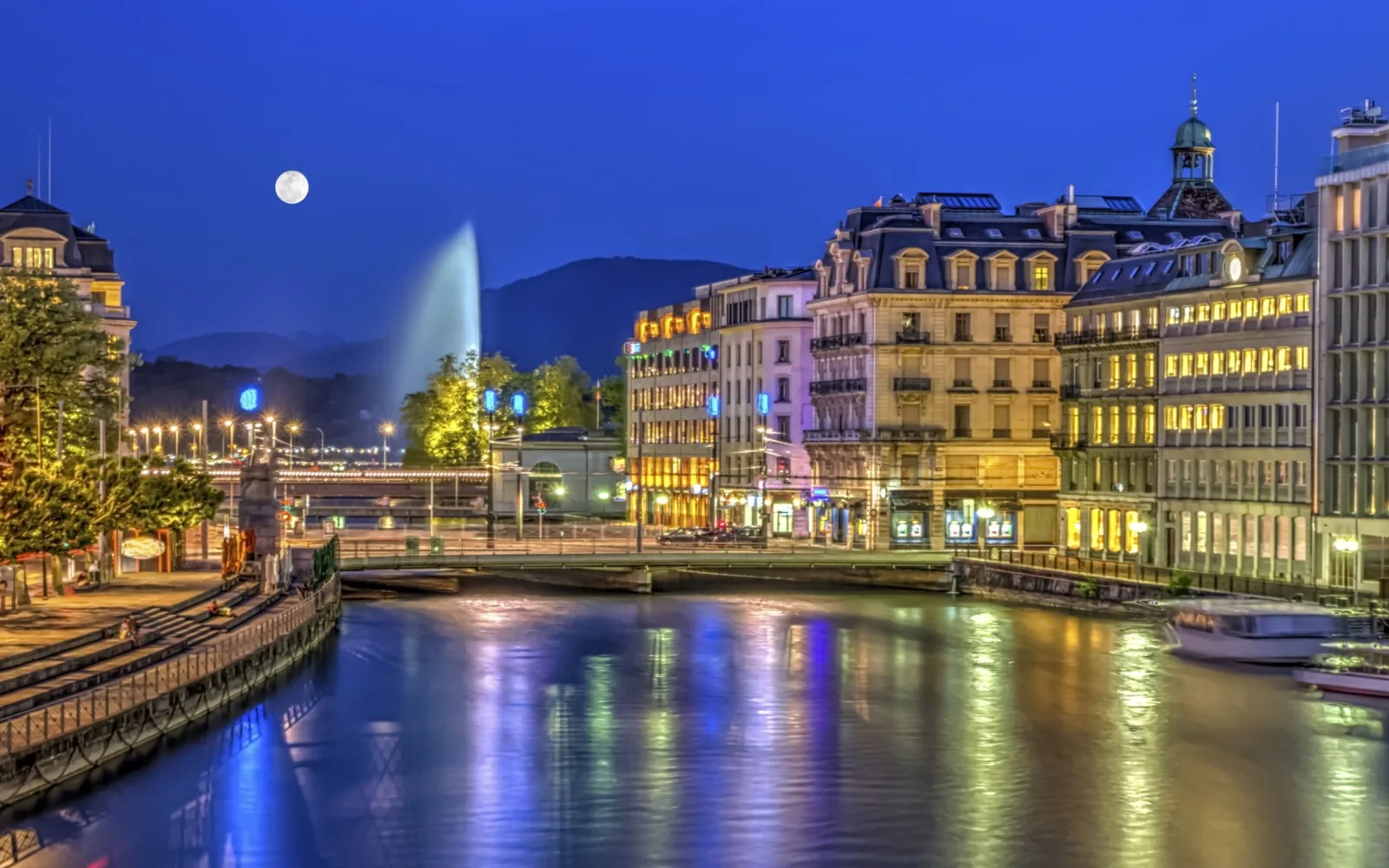What's the best time to visit Switzerland?
The best time to visit Switzerland is summer (June-September) for hiking and exploring, and winter (December-February) for skiing. The best weather for outdoor activities is in summer, with vibrant cultural events and operational tourist attractions, while winter offers magical landscapes and cozy Christmas markets. These seasons highlight both Switzerland’s natural beauty and cultural richness.
Switzerland has one of the most picturesque landscapes in the world and is one of the best places to visit in Europe. The main draw of Switzerland is the stunning landscape of the Alps Mountain range, including the towering peak of the Matterhorn or the Appenzell District.
The cities such as Geneva and Zurich are cosmopolitan metropolises with great cultural scenes, but the real charm of Switzerland is found in small towns such as Interlaken or Gruyere. For a different side of Switzerland, head south to Locarno and the rest of Italian Switzerland for its Mediterranean feeling.
Switzerland’s stunning nature has enticed many hikers and skiers, but you want to visit when the weather is ideal for outdoor activities. We’ll show you this and more below; let us be your guide!
Overall Best Time to Visit Switzerland
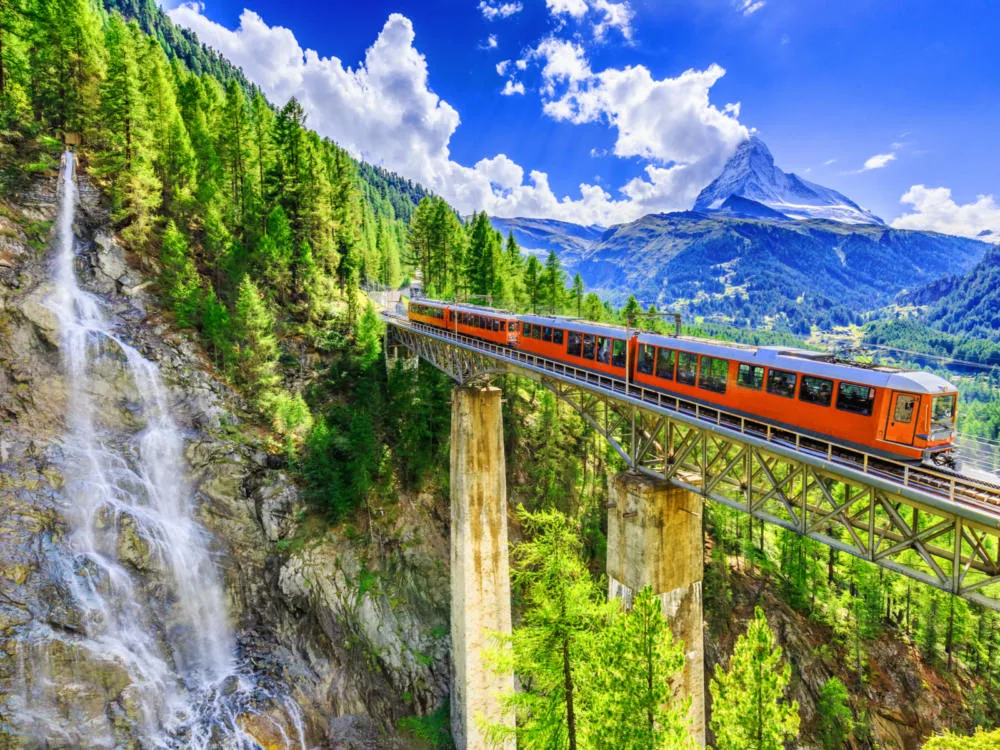
SCStock/Shutterstock
The best time to visit Switzerland is in the summer (June-September) which has the best weather for hiking and exploring. Winter (December-February) is the best for skiing.
Switzerland has a temperate alpine climate, which means that it has four distinct seasons with variations in temperature.
According to MeteoSwiss, the government weather office, summer is the hottest month, with average high temperatures of 25 degrees Celsius (about 77 degrees Fahrenheit) and periodic heat waves. Higher in the Alps, temperatures are cooler, but still warm.
This is the best time for hiking and other activities exploring Switzerland’s mountain regions. The weather is more pleasant (although very high in the Alps it can snow even in the summer). June and July have nearly 16 hours of sunlight.
Tourist trams, cable cars, and railways are guaranteed to be open during this time. The famous cogwheel train from Alpnachstad to Pilatus Kulm only runs from May to November.
These railway lines are not just vital for getting around more rural parts of Switzerland, but tourist attractions in their own right with spectacular views.
Summer is the busiest time of year in Switzerland, but the upside of visiting during peak season is that there is always something going on. Most cities have open-air concerts, movie screenings, and fairs.
Popular holidays during this time include:
- White Night Locarno (June)
- Zurich Pride (June)
- Swiss National Day (August)
- Thunfest (August)
However, if your only goal for visiting Switzerland is to hit the slopes, then you must visit in the winter (December-February). This is peak ski season, when powder conditions at resorts such as Gstaad are at their finest.
In the lowlands winter in Switzerland can get dreary, but there is something magical about seeing the streets and hills covered with snow.
Winter also has plenty of cultural events, but the biggest holiday is Christmas. The country comes alive with cozy decorations and Christmas markets—some of the best are in Baden, Basel, and Montreux.
Least Expensive Time to Visit Switzerland
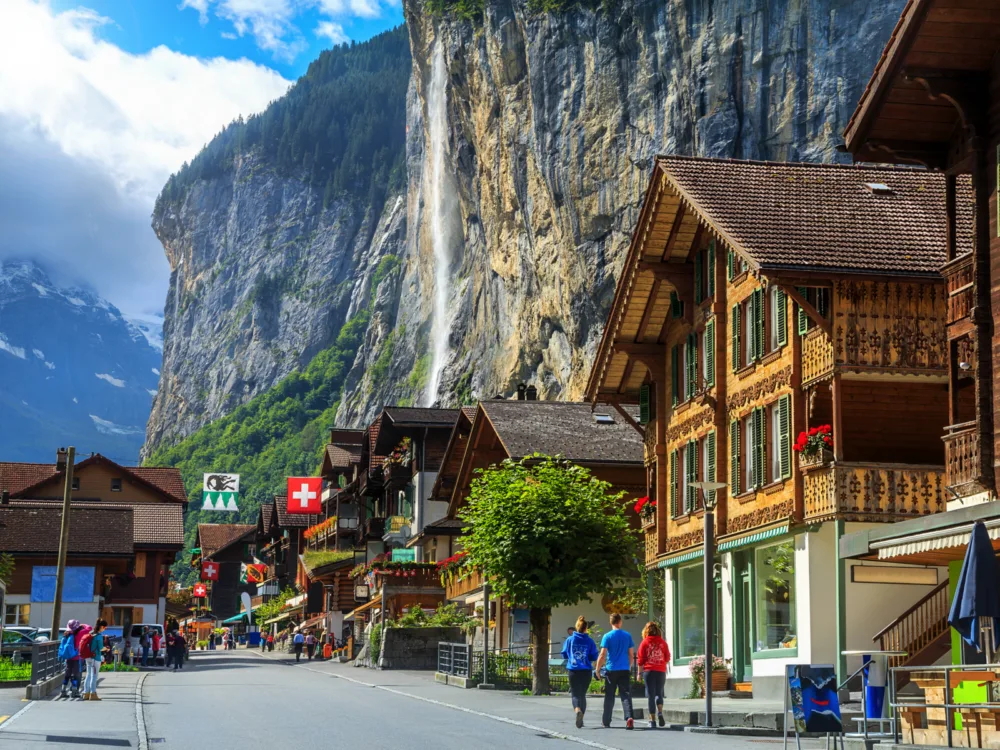
Gaspar Janos/Shutterstock
There is no inexpensive time to visit Switzerland, but you can score some discounts if you visit during the spring and autumn shoulder seasons.
Spring (April-May) and autumn (late September-November) are transitional periods between the ski season and the summer peak season. Since there are fewer visitors around, you can get some deals on most destinations throughout the country.
Even hotels in big cities such as Zurich offer discounts of 20-40% during the spring shoulder season. In terms of transportation, visiting during the shoulder season is also a good idea.
November offers the best consistent deals on flights, although prices are lower all fall. Early spring usually has good deals as well, unless Easter falls during that time. In the spring, you just have to be aware of avoiding the Easter holiday week, when many Europeans travel.
Prices tend to rise during Easter weekend, and popular destinations get crowded. If you just want to visit one specific area of Switzerland, visit during that part’s off-season (which may not align with the rest of the country).
While the rest of the country hits the slopes, the southern lakes generally offer heavy discounts, while ski towns in the summer offer good deals.
Least Busy Time to Visit Switzerland
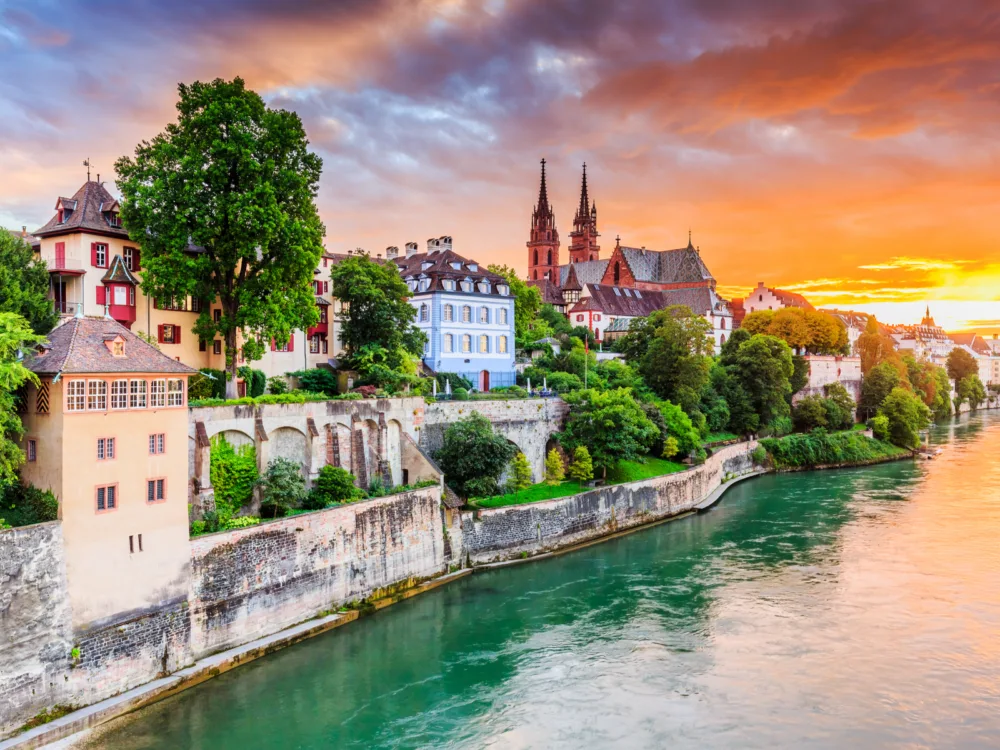
SCStock/Shutterstock
The least busy time to visit Switzerland is in the fall (mid-September to November), when there is still plenty to do around the country. As the weather cools down in September and kids head back to school, many tourists head home as well.
They are missing out on one of the most beautiful times to visit the country. Temperatures are pleasantly crisp—for example, average temperatures in Zurich in October are 57 degrees Fahrenheit.
Although tourist season is winding down, most businesses are still open. Scenic railways are usually open until November and provide a great opportunity to witness the fall foliage and beautiful scenery.
Most hotels, restaurants, and gift shops also stay open through the fall, even in smaller towns. Autumn is a great time to go hiking in Switzerland. There may be some snow at higher elevations, but trails at lower elevations are still passable.
The scenery is stunning, and there will be few other people on the trail. This season also has some of the best festivals celebrating the traditional Swiss way of life.
The traditional Appenzeller cattle drive, when the cows come back from their mountain pastures bedecked in flowers while their shepherds wear traditional clothing, happens in late September. Switzerland is associated more with beer, but it has great vineyards as well in the south.
In Ticino, wine harvest season happens every September and October. During this time, you can sample new vintages, tour wineries, or even join in on a harvest day yourself.
Worst Time to Visit Switzerland
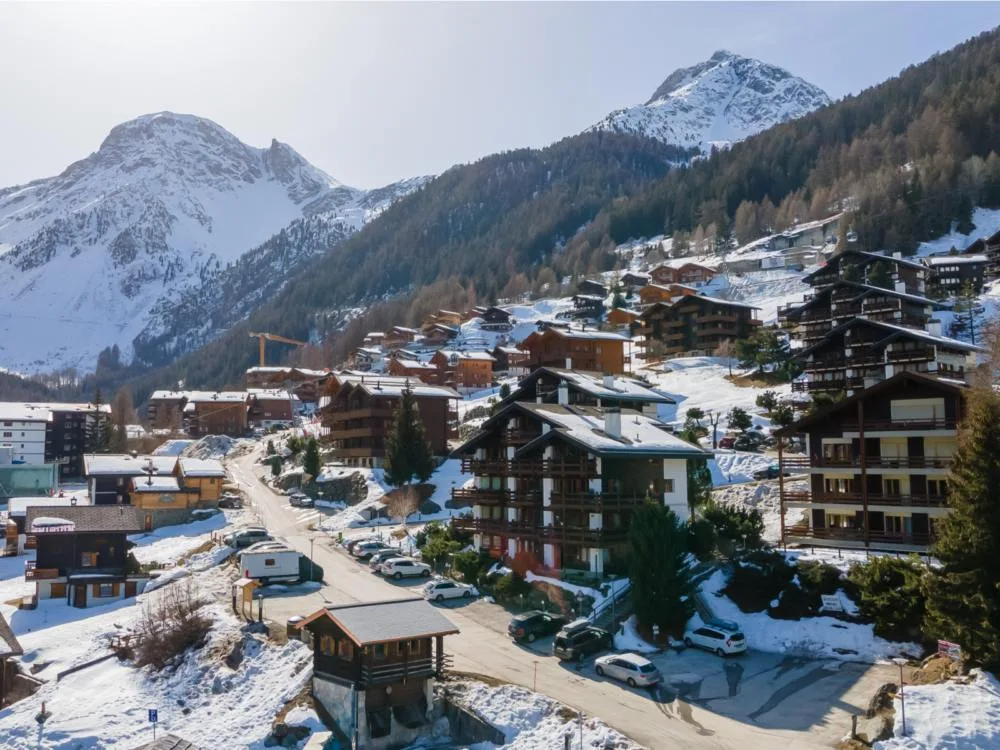
Swissguylover/Shutterstock
The worst time to visit Switzerland is the spring (April-May), which is a transitional season in terms of weather and attractions. Spring in Switzerland is a time of change.
The winter weather is over and ski season is wrapping up by the end of March, so the ski resorts begin to wind down. However, it’s not really warm enough to go hiking yet. Average temperatures in April in Interlaken are just about 46 degrees, for example.
Spring also receives a lot of rain, making it uncomfortable to go out. In smaller places, spring is the season when the fewest businesses are open.
Many hotels, restaurants, and other businesses shut down for a month or two to conduct maintenance or take a much-needed break between the busy ski season and summer season.
However, there are some benefits to visiting Switzerland in the spring. This is a good time to focus on indoor activities due to the unpredictable weather, so flee the rain in one of the cities.
There are still plenty of museums to see and restaurants to visit, and hotels are less expensive than any other time of year. If you bundle up and prepare for the weather, this is also a good time to get outdoors. Boat tours on popular lakes are starting to run again after closing for the winter.
In the mountains, the air is still cold, but wildflowers are beginning to bloom at lower elevations, showing that even long Alpine winters have to end at some point.
Switzerland by Month: Climate & Activities
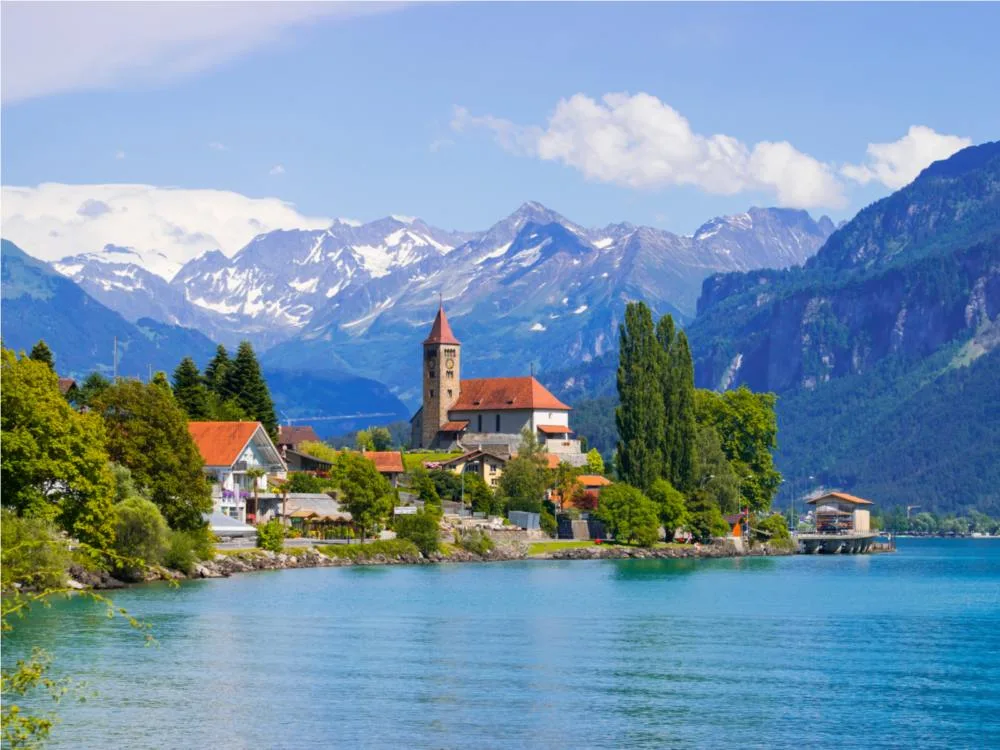
Ireine/Shutterstock
Still unsure about the best time to visit Switzerland? Take a look at our summary of the weather and climate by month below:
January
- Weather: Winter temperatures in Switzerland range from 23-32°F.
- What to do: Skiing, snowboarding, snowshoeing, and other winter activities are popular in the mountains. In the cities, you can visit museums, enjoy cozy cafes, and take in the festive atmosphere of Christmas markets.
February
- Weather: Similar to January, Switzerland in February maintains cool temperatures between 23-34°F.
- What to do: Continue skiing and snowboarding, or try ice skating or curling. Visit thermal baths to warm up, and explore the charming towns and villages of Switzerland.
March
- Weather: As spring begins, temperatures range from 25-40°F.
- What to do: Enjoy the spring sunshine and blooming flowers. Go hiking in the mountains, or take a scenic boat ride on Lake Geneva. Visit the city of Zurich for its museums, art galleries, and shopping.
April
- Weather: Spring continues with temperatures between 30-46°F.
- What to do: Attend one of Switzerland’s many spring festivals, such as the Paléo Festival Nyon or the Montreux Jazz Festival. Go hiking or biking in the foothills of the Alps, or visit the vineyards of Lavaux.
May
- Weather: In May, Switzerland sees temperatures ranging from 35-57°F.
- What to do: May is a great month for outdoor exploration. Visit the Jungfraujoch, the highest railway station in Europe, for stunning views of the Alps. Go kayaking on Lake Lucerne, or take a scenic train ride on the Glacier Express.
June
- Weather: Summer arrives with temperatures between 39-65°F.
June offers long days of daylight, making it perfect for outdoor activities like hiking in the nearby mountains or attending outdoor events such as the Open Air St. Gallen festival. - What to do: Go hiking or mountain biking in the Alps, or take a cable car up to a mountaintop for panoramic views. Visit the city of Bern, the capital of Switzerland, for its historic architecture and museums.
July
- Weather: July maintains mild temperatures from 41-72°F.
Summer is in full swing, with outdoor concerts, farmers’ markets, and water activities in lakes and rivers attracting locals and tourists alike. - What to do: Enjoy the summer festivals, such as the Montreux Jazz Festival or the Lucerne Festival. Go swimming, sailing, or windsurfing on Lake Geneva, or take a boat trip to the charming town of Montreux.
August
- Weather: In August, Switzerland sees temperatures between 42-73°F. It’s an ideal time for exploring nearby villages, like Zermatt or Interlaken, and enjoying the city’s parks, such as the Swiss National Park or the Zürichhorn park.
- What to do: Go hiking or biking in the Alps, or visit one of Switzerland’s many glaciers. Take a scenic train ride on the Bernina Express, or visit the town of St. Moritz for its luxury shopping and fine dining.
September
- Weather: As fall begins, temperatures range from 39-60°F.
- What to do: Enjoy the fall foliage in the mountains and forests of Switzerland. Go hiking or biking in the countryside, or take a scenic train ride on the GoldenPass Line. Visit the city of Basel for its museums, art galleries, and theaters.
October
- Weather: Fall temperatures range from 35-52°F.
- What to do: Admire fall foliage in city parks and vineyards. Attend one of Switzerland’s many autumn festivals, such as the Onion Festival in Bern or the Grape Harvest Festival in Neuchâtel. Visit the city of Geneva for its international organizations, museums, and lakeside promenades.
November
- Weather: November sees temperatures between 30-46°F.
- What to do: Enjoy the cozy atmosphere of Swiss towns and villages. Visit museums, art galleries, and Christmas markets. Take a relaxing spa day, or indulge in some Swiss chocolate.
December
- Weather: Winter returns to Switzerland with temperatures ranging from 23-32°F.
- What to do: Experience the magic of a Swiss Christmas. Visit the Christmas markets in Zurich, Basel, or Montreux for traditional food, crafts, and decorations. Go skiing or snowboarding in the mountains, or enjoy a romantic winter getaway.
Frequently Asked Questions
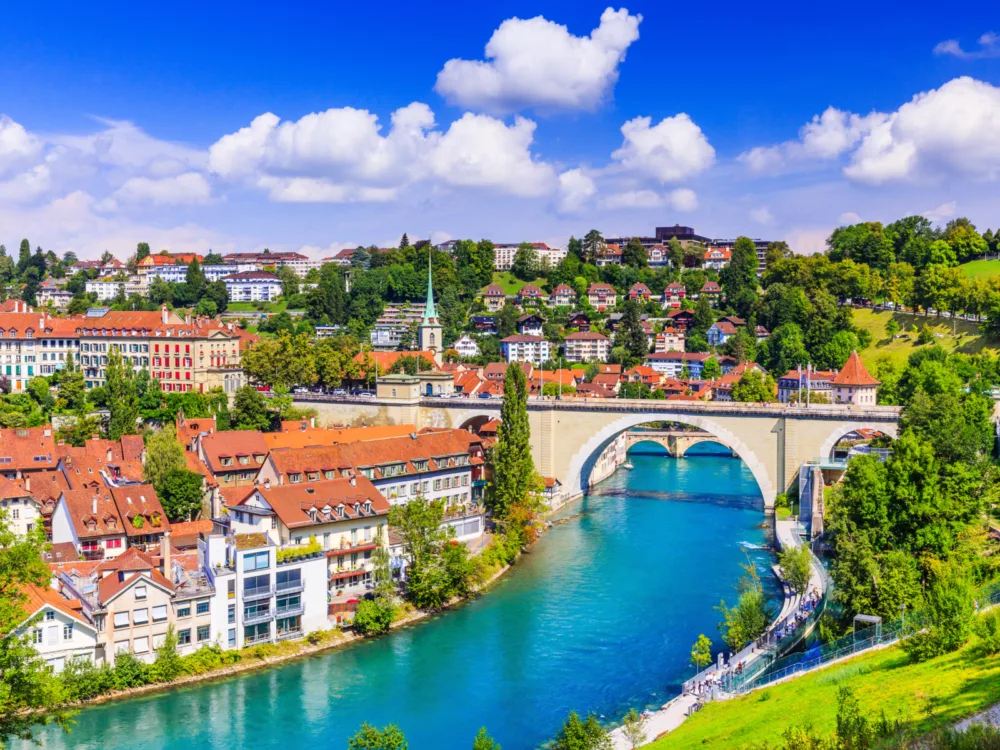
SCStock/Shutterstock
Here are some of the most common questions to help you find the best time to visit Switzerland:
What is the best month to go to Switzerland?
The best month to go to Switzerland is June, when the summer weather is glorious, but traveler numbers aren’t yet at their peak.
What is the least expensive month to go to Switzerland?
November is the least expensive month to go to Switzerland as many hotels (those that remain open) offer discount rates before the ski season starts, and flights tend to cost the least.
When is the best weather in Switzerland?
Summer (June-September) has the best weather in Switzerland because temperatures are warm, and the days are sunny.
How many days in Switzerland is enough?
You should spend at least seven days in Switzerland to get a taste of all the different regions, although stay for longer if you are planning serious hikes.
What are the rainiest months in Switzerland?
June and July are actually the rainiest months in Switzerland, but warm summer showers tend not to last for long.
So, What’s the Best Time to Visit Switzerland?
The best time to visit Switzerland is in the summer for hikers and in the winter for skiers. Budget travelers should visit in between, when lower demand translates to slightly more affordable hotel rooms.
So, with so much to see and do and plenty of amazing times to visit, what are you waiting for — book your trip today and experience for yourself all that Switzerland has to offer. Happy travels!



